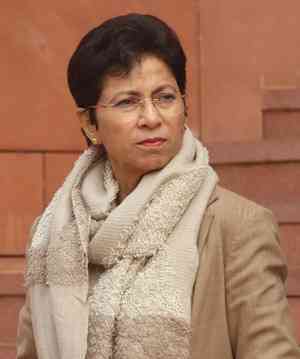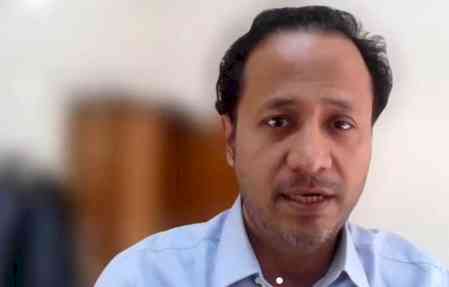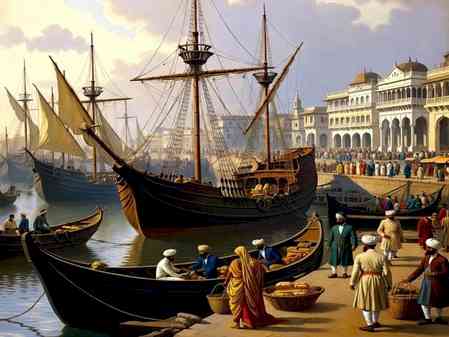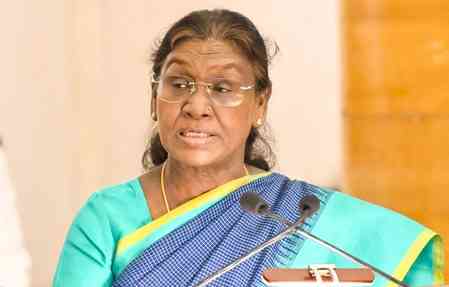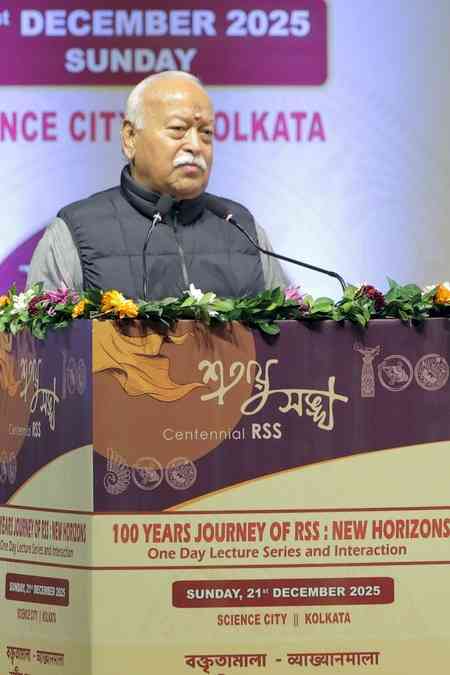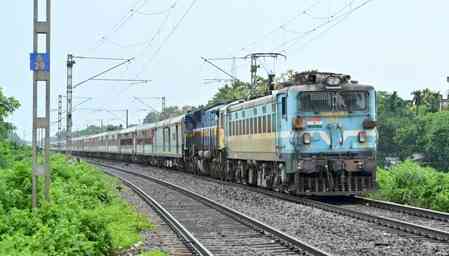Kashmir to Kanyakumari: India Stands United, A Dream Realized
The slogan “Kashmir to Kanyakumari, India is One” has finally become a reality. On June 6, 2025, Prime Minister Narendra Modi inaugurated a historic train service connecting Srinagar to Katra (home to the revered Mata Vaishno Devi Shrine), effectively integrating the region with the rest of the country via rail. With this, seamless train connectivity from Kashmir to Kanyakumari is now a dream come true for every Indian.
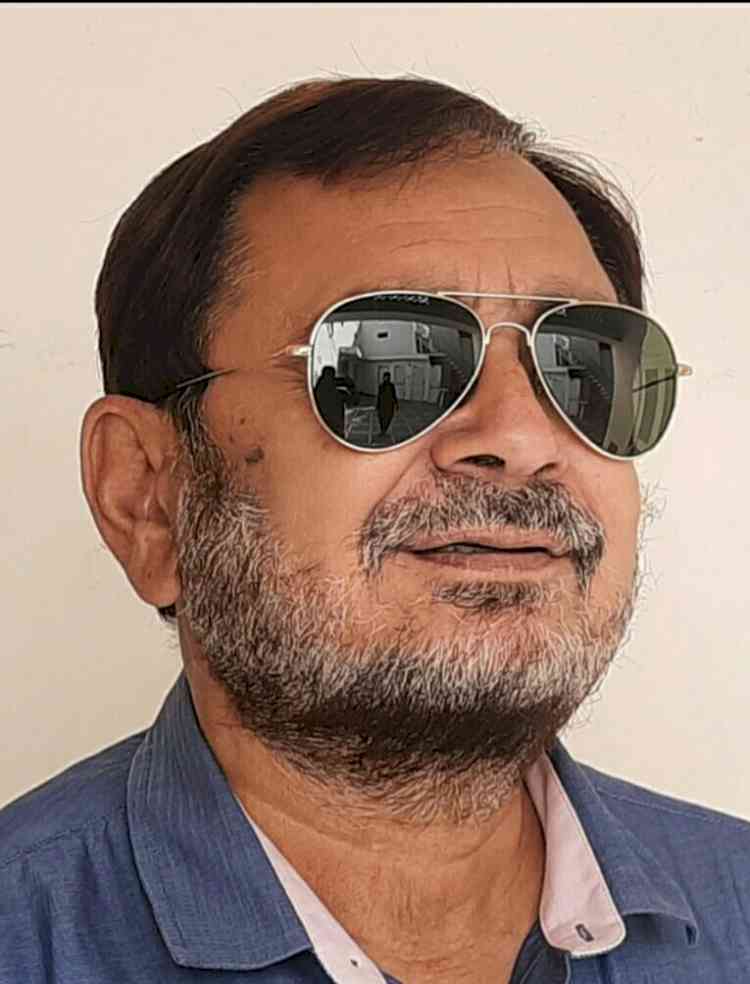
The slogan “Kashmir to Kanyakumari, India is One” has finally become a reality. On June 6, 2025, Prime Minister Narendra Modi inaugurated a historic train service connecting Srinagar to Katra (home to the revered Mata Vaishno Devi Shrine), effectively integrating the region with the rest of the country via rail. With this, seamless train connectivity from Kashmir to Kanyakumari is now a dream come true for every Indian.
Until now, Kashmir was accessible only by road or air. The commencement of train services marks a new chapter of integration and connectivity. This strategic rail link is expected to significantly boost tourism, trade, and industry in Jammu & Kashmir, while creating numerous employment opportunities for the youth of the region.
The journey of rail expansion in Jammu & Kashmir spans decades. In 1972, the then Prime Minister, the late Indira Gandhi, inaugurated the rail line from Kathua to Jammu. In 1983, she laid the foundation stone for the Jammu–Udhampur rail line. Former Prime Minister Atal Bihari Vajpayee showed great interest in pushing this project forward. Finally, in 2005, under the leadership of then Prime Minister Dr. Manmohan Singh, the Jammu–Udhampur rail line became operational.
After assuming office in 2014, Prime Minister Narendra Modi prioritized the completion of the rail line from Udhampur to Srinagar. Through consistent monitoring and the dedicated efforts of his government, the long-awaited dream was fulfilled on June 6, 2025. This milestone will be remembered as a moment of history, symbolizing national unity and progress.
Following the abrogation of Article 370 in 2019, Jammu & Kashmir witnessed a renewed wave of development, aided by increased financial allocations. A record number of tourists have since visited the region to experience its snow-capped peaks, lush greenery, and pollution-free environment.
Credit for the successful completion of the Udhampur–Srinagar rail line goes to every Indian, particularly the civil, mechanical, and electrical engineers, along with thousands of workers who persevered through challenging conditions. Landmark engineering feats such as the Chenab Bridge—measuring 1,315 meters in length and standing 35 meters taller than the Eiffel Tower—represent the pinnacle of India’s modern infrastructure. Similarly, the Anji Khad Bridge, India’s first cable-stayed railway bridge at 657 meters long, and the Pir Panjal Tunnel (Banihal Tunnel), stretching 11.215 kilometers (7 miles), showcase India’s architectural and engineering excellence.
Currently, the Himsagar Express (Train No. 16317/16318) connects Kanyakumari to Jammu once a week. There is a strong case for extending this service to Srinagar and upgrading it to a daily train, thereby fully realizing the vision of an uninterrupted Kashmir-to-Kanyakumari rail network. It would truly embody the slogan: “India is One from Kashmir to Kanyakumari”, and usher in a new era under the banner “Train to Kashmir”.
(Views are personal)


 Rajat Kumar
Rajat Kumar 
